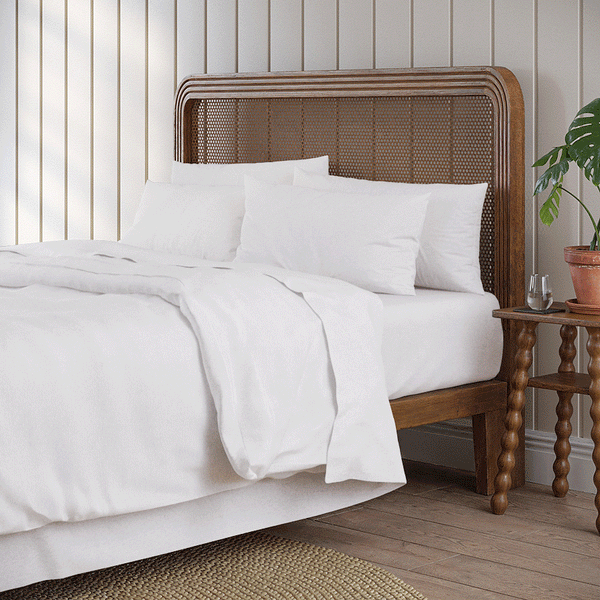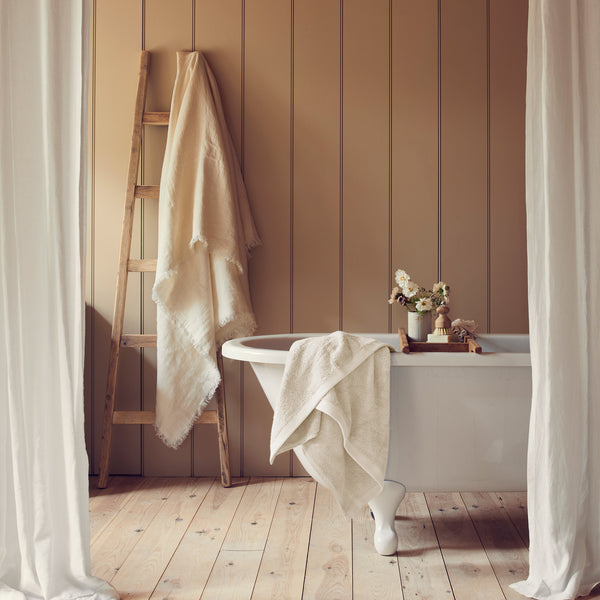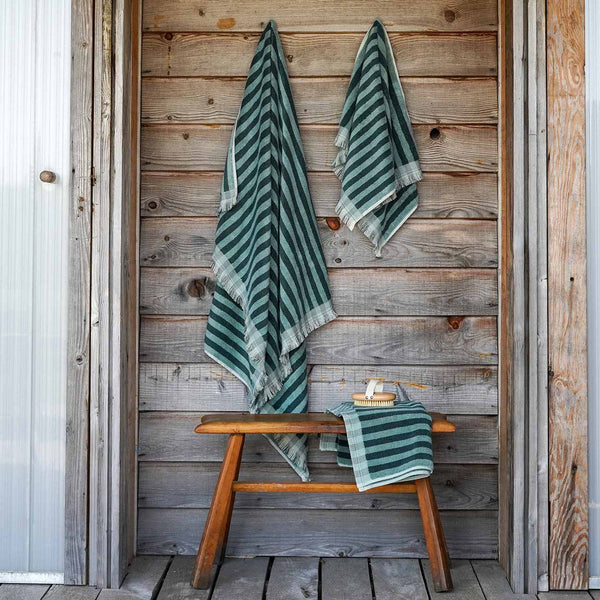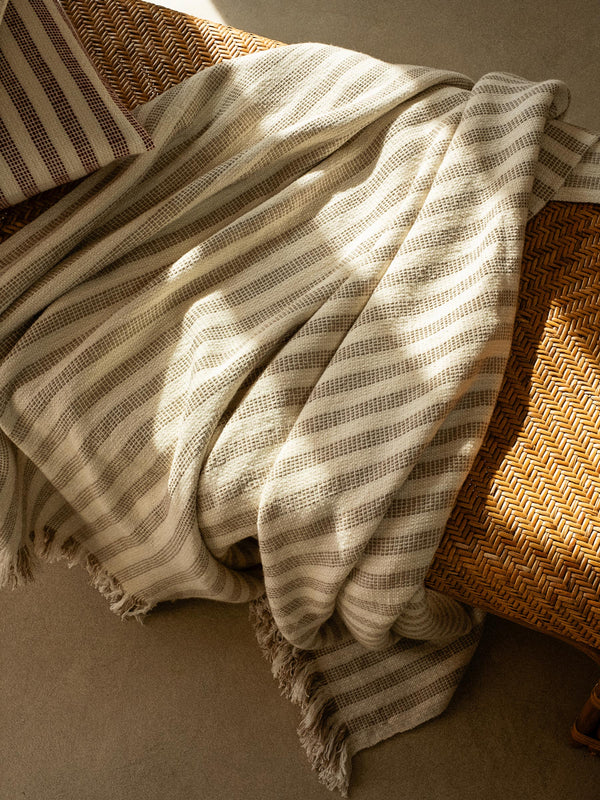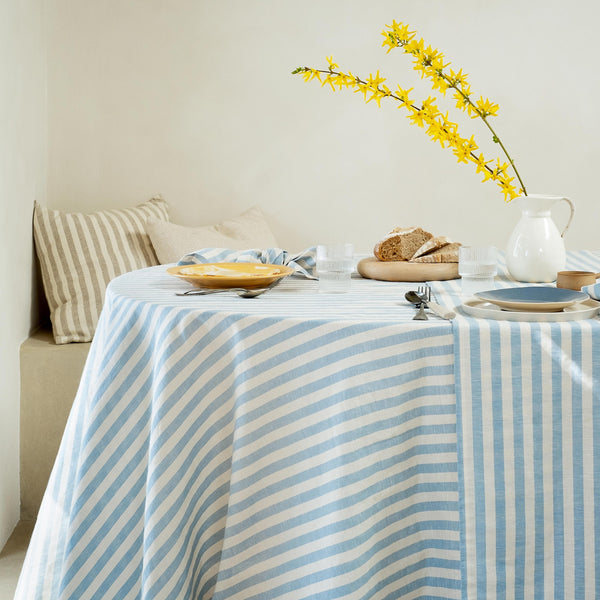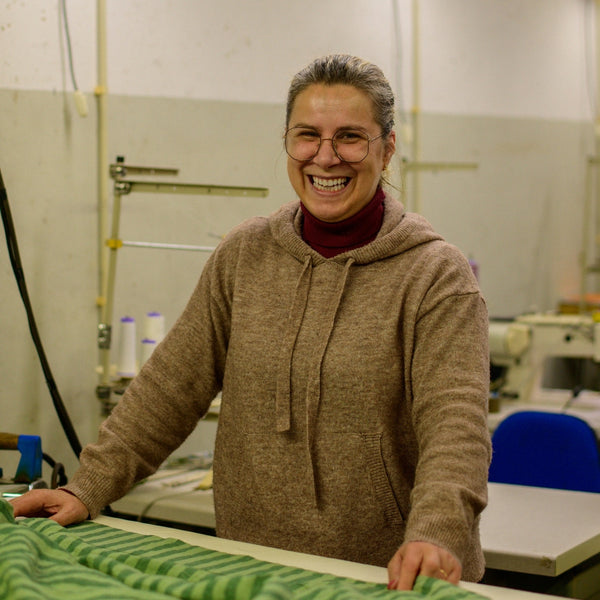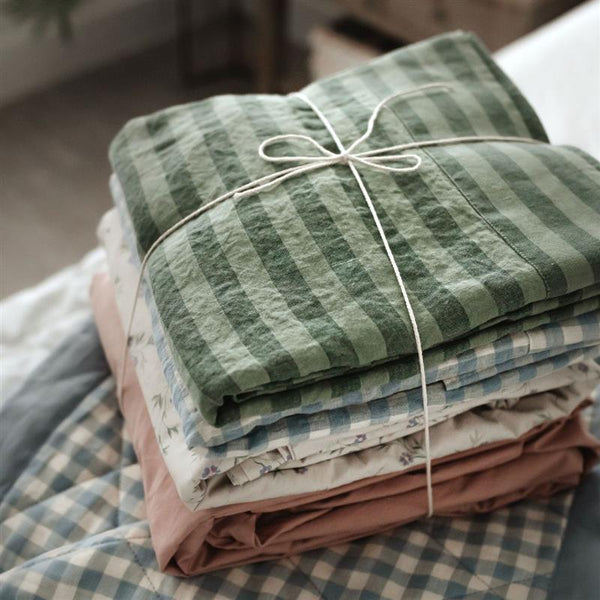If you know us well, you’ll know by now that we cannot bang the drum about linen enough. It’s an incredibly historical, sustainable and beautiful natural fabric that only gets better with age and wear, and one we so proudly use across our bedding, sleepwear and table linen collections.
Linen has plenty of unique and wonderful features that make it ideal for bedding - it’s thermoregulating, highly durable, moisture-wicking and exceptionally soft, just to name a few. Read more about why linen is so special and loved by us here.

At first, linen can feel slightly coarse in texture, but don’t worry it gradually gets softer and more supple over time - here’s how you can speed up this natural process while still taking good care of this wonderful material:
Opt for a natural detergent
To maintain the quality of linen bedding and maximize its lifespan, avoid harsh, chemical-based detergents. As with most things in life, the best detergents are those which are natural and use gentle, plant-based ingredients. If you’re unsure of what to avoid - steer clear of anything brightly colored or strongly scented.
Instead of a slightly scary-looking stain remover that promises you the world, opt for a natural solution like distilled white vinegar to remove stains - simply soak your linen in warm water and vinegar overnight before running your linens through a gentle wash cycle.
Although you’d think a ‘fabric softener’ would be a no-brainer for softening your linens, it can actually cause a build-up of too much product between its fibers and have the opposite effect - avoid it altogether and let it soften over time in a more organic way.
Leave the drying to nature!
For an environmentally conscious way to look after your linens, hang them up to dry - whether on the washing line outside or on a clothes airer indoors. This protects your linens from heat damage and can help ease out some of the creases.
If you don’t have space to air dry your bedding, or you’re in a rush to dry your sheets before bedtime (we’ve been there) then opt for a low heat setting on your tumble dryer and throw in some wool dryer balls - they work to absorb moisture, increase airflow between the fibers of your linen and soften the fabric.
Steam for softness
The beauty of linen bedding is that it looks its most enticing and cozy when creased and crumpled - a win for those of you who hate ironing (ahem, everyone?) BUT, if you want to give your bedding one last bit of love, then an iron, or steamer, is your friend.

If you’re feeling particularly savvy, then drape your bedding over the door of your bathroom while you take a long soak or hot shower - the steam will massage the fibers and you’ll be left with some incredibly supple bed linen ready to crawl into post-bath.
